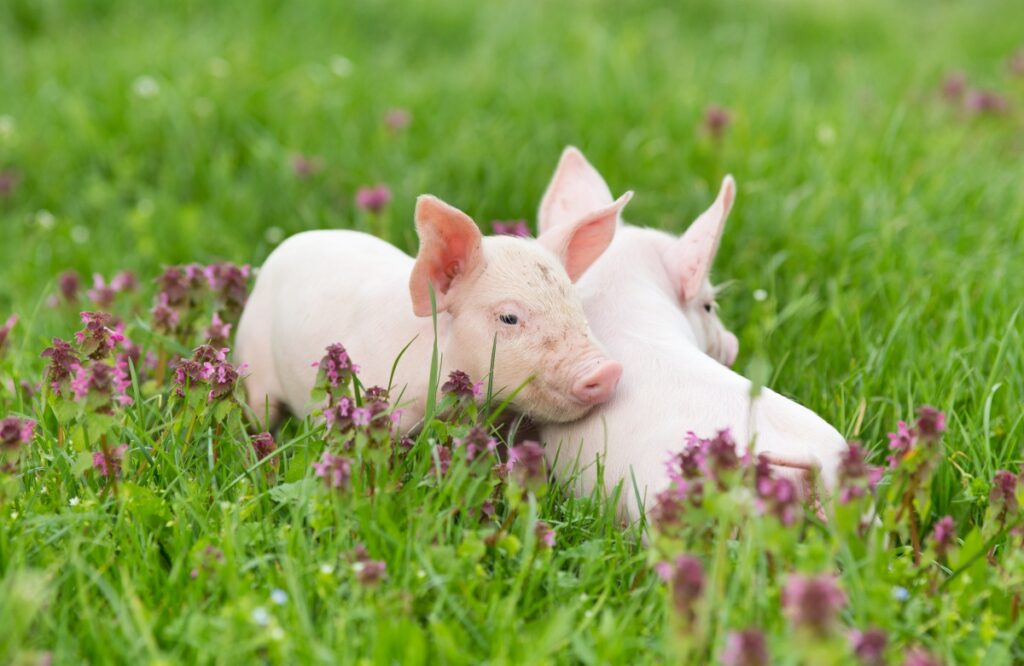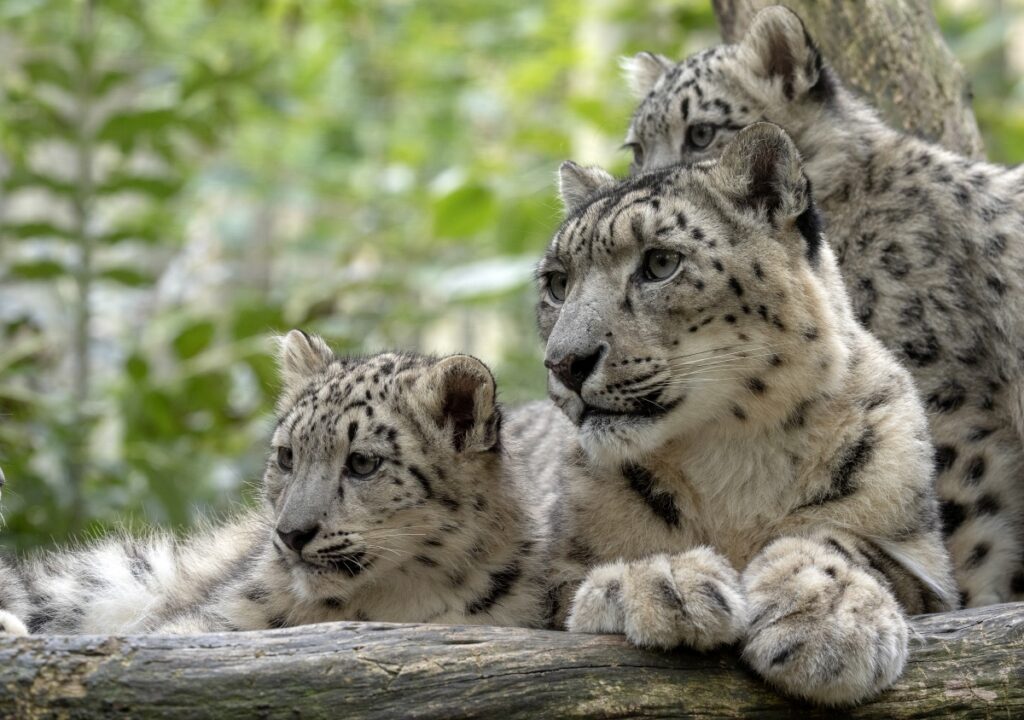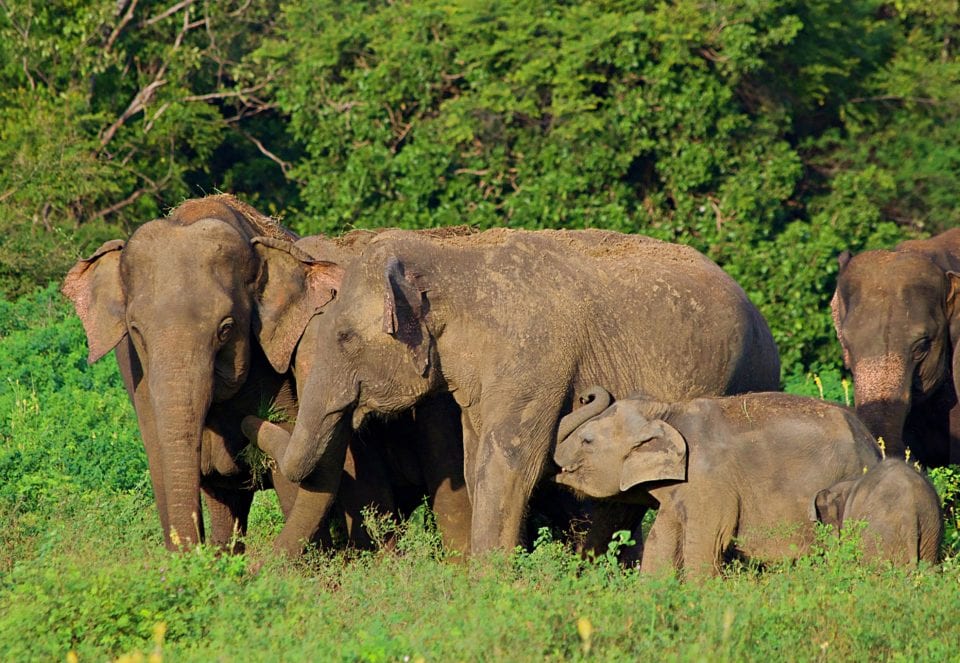20 Animals So Cute, They’ll Make You Forget It’s Monday
In our amazing world, there’s nothing quite like the happiness we get from cute animals. Who can resist their adorable faces and the frisky way they play? It’s like an instant mood-lifter, even when things are a bit blah. But here’s the deal: as folks who love animals, it’s on us to make sure we see and appreciate them in a sustainable and responsible way.
In this article, we’re going to dive into the universe of the most adorable animals out there! Plus, we’ll give you some pointers on how to check them out in a way that’s all about doing right by them, keeping their happiness front and center.
Quokkas

Quokkas are known as the happiest animals on Earth because of their perpetual smile, caused by the alignment of their mouth and their fur. These small marsupials can be found on Rottnest Island in Western Australia. Remember to respect their space and observe from a safe distance.
Baby Elephants

Seeing a playful baby elephant is bound to melt anyone’s heart. Consider visiting ethical elephant sanctuaries that prioritize the well-being of these majestic creatures, and please do not participate in riding any elephant, even full-grown adults.
Koalas

Australia’s beloved marsupials are undeniably cute. Unfortunately, koalas are on a fast trajectory toward extinction, with some experts predicting none could be left by the year 2050. Support wildlife sanctuaries that rescue and rehabilitate injured or orphaned koalas.
Penguins

Whether it’s the waddling of the emperor penguins or the adorable antics of the little blue penguins, seeing them in their natural habitat is an experience that is tough to match. If you cannot travel to see them in the wild, a conservation-focused aquarium can be a delightful experience.
Baby Sloths

With their slow movements and perpetual smiles, baby sloths are truly a sight to behold. If you’re visiting Central or South America, seek out reputable wildlife rescue centers that work to protect these vulnerable creatures.
Red Pandas

These endangered cuddly creatures are native to the forests of the Himalayas, with a current population of under 10,000 individuals. Visit a reputable zoo or wildlife sanctuary participating in conservation efforts to see them up close. One way to know is to see if the facility has partnered with the Red Panda Network conservation group.
Otters

Whether it’s the sea otters floating on their backs or the playful river otters sliding down slopes, watching these adorable creatures frolic in their natural habitat can be an incredible experience. One great place to see them in their natural environment is by kayak in Monterey Bay, California.
Hedgehogs

These spiky little mammals have captured the hearts of many with their tiny paws and button-like eyes. If you’re considering a pet hedgehog, make sure to research responsible breeders or consider adopting from a rescue center.
Red-Crowned Cranes

The national bird of Japan, these elegant creatures are a symbol of luck and longevity. Observe them in their natural habitat or visit a reputable wildlife conservation center. If you want to see them in the wild, Kushiro Marshlands is the only place in the world where they reside all year round.
Orangutans

These intelligent apes share an uncanny resemblance to humans and are highly endangered. The best place to see orangutans is in the wild, on their native islands of Borneo and Sumatra.
Should you choose to take the journey, do your research to ensure the company you go with is ethical and sustainable. Support ethical ecotourism initiatives that promote the conservation of their habitats.
Piglets

From their curly tails to their snouts, piglets are undeniably adorable. Consider visiting a reputable farm or animal sanctuary that provides a loving environment for these intelligent animals.
Snow Leopards

With their striking blue eyes and majestic coats, snow leopards are among the world’s most beautiful and endangered big cats. Snow leopards are sparsely distributed across 12 countries in central Asia, from southern Russia down to the Tibetan plateau, including Mongolia, China, Afghanistan, Pakistan, India, and Nepal. Support conservation organizations that work towards protecting their habitats.
Sea Turtles

Watching baby sea turtles make their way to the ocean is a truly heartwarming experience. Seek out turtle conservation projects that promote their nesting and protect their habitats.
One of our favorites is STOP (Sea Turtle Oversight Protection), responsible for saving over 250,000 turtle hatchlings in Broward County, Florida. Every day in the summer, for a small fee (that goes directly back to conservation efforts), you can book a Turtle Trek to learn how their volunteers are helping to save baby sea turtles, and you might even get lucky and see a hatch for yourself!
Meerkats

These small, social mammals are known for their upright stance and watchful nature. Meerkats can be found in the wild in southern Africa, including South Africa, Botswana, Zimbabwe, and Mozambique. Observe them responsibly in their natural habitat or visit zoos that prioritize their well-being.
Ducklings

Few things are as delightful as watching a line of fluffy ducklings follow their mother. Parks and wetland reserves are often good places to observe these cute waterfowl.
Baby Chicks

Baby chicks are the epitome of cuteness with their soft feathers and cheeping sounds. Consider volunteering at a local farm or educational center to interact with these adorable creatures.
Pandas

Giant pandas have captured the hearts of people worldwide. In the late 1970s, the Giant Panda population declined to just 1,000, leading to endangered status in 1990. Persistent efforts in China have transformed them into a global symbol of successful wildlife conservation, with their population rising to 1,864 by the 2014 census, showing a remarkable increase of about 17% in the last decade. Visit reputable panda reserves that focus on conservation and research efforts to learn more about these beloved bears.
Red Squirrels

These vibrant little creatures are a joy to watch as they scurry through the treetops. Choose nature reserves or parks where they are protected and can be observed without disturbance.
Fennec Foxes

Known for their large ears and expressive eyes, fennec foxes are native to the Sahara Desert. If you want to see them, prioritize visiting reputable zoos or wildlife sanctuaries.
Kittens and Puppies

These furry bundles of joy bring happiness wherever they go. Consider adopting from an animal shelter or rescue organization, giving these adorable animals a loving home.
So Much Cuteness in This World

As our hearts melt from the cuteness of these animals, it’s important to remember that they deserve our respect and protection. When seeking opportunities to interact with them, choose ethical and responsible avenues prioritizing conservation and the animals’ well-being. By doing so, we can create a world where cute animals continue to bring smiles to our faces for generations to come.
Read More From Coleman Concierge:

Can you imagine anything more vulnerable than baby sea turtles? Turtle Treks save sea turtles from the bright lights of South Florida & give you an unforgettable experience.
Saving Baby Sea Turtles in Fort Lauderdale With Sea Turtle Oversight Protection
Sri Lanka Safari: How Ecotourism is Saving Wild Elephants

Going on a Sri Lanka safari is more than an opportunity to see wild animals, it’s a means to preserve them. During the early 19th century growth and industrialization forced animals to the brink. Now with the rise of National Parks and ecotourism activities, like safaris, native animals have a chance.
Sri Lanka Safari: How Ecotourism is Saving Wild Elephants
Snorkeling Key West Ethically- Our Guide to the Southernmost Point’s Underwater World

If you crave adventure and discovery, you’ll love snorkeling in Key West. We’re sharing the best places to go snorkeling, what to expect at each site, and how to enjoy it responsibly.
Snorkeling Key West Ethically- Our Guide to the Southernmost Point’s Underwater World
Diving with Sharks in Playa Del Carmen-What You Need to Know and Should Consider

Divers everywhere come to Playa del Carmen to dive with sharks. If you’ve never been underwater with these apex predators, you wouldn’t understand. Every diver with an adventurous streak should try bull shark diving once, but be sure to choose your dive company carefully.
Diving with Sharks in Playa Del Carmen-What You Need to Know and Should Consider



